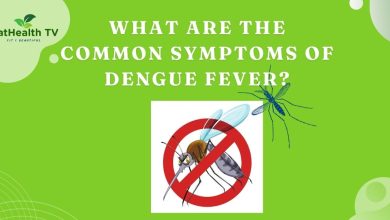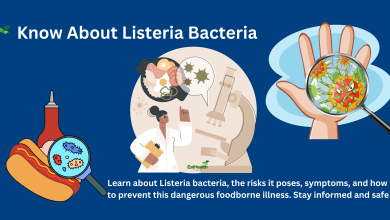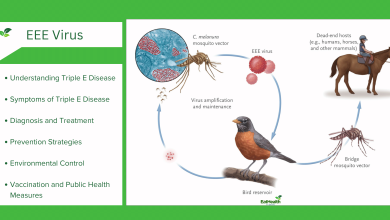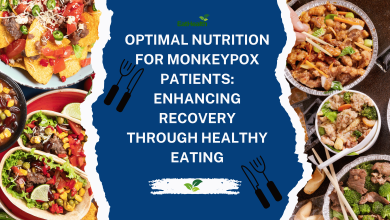Catch Heart Attack Symptoms and Save Life
Catch Heart Attack Symptoms and Save a Life
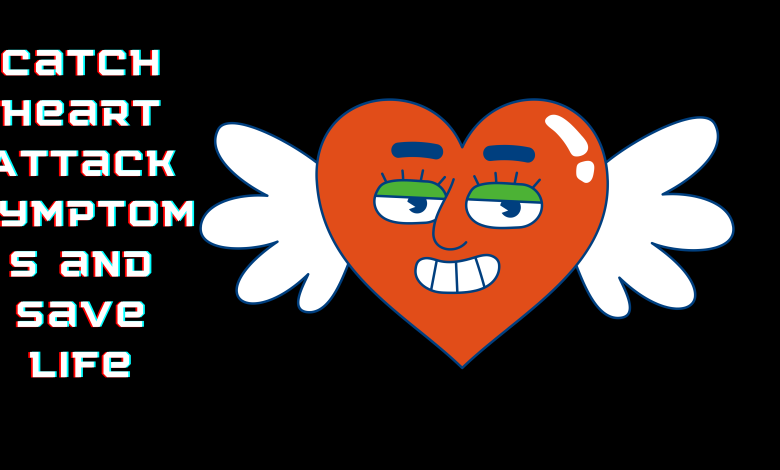
Understanding the Silent Threat of Heart Attacks
Heart attacks, sometimes referred to as myocardial infarctions, are the main cause of death in the entire world. Often striking without warning, they can be fatal if not detected and treated promptly. Recognizing the symptoms of a heart attack is crucial in ensuring timely medical intervention and saving lives.
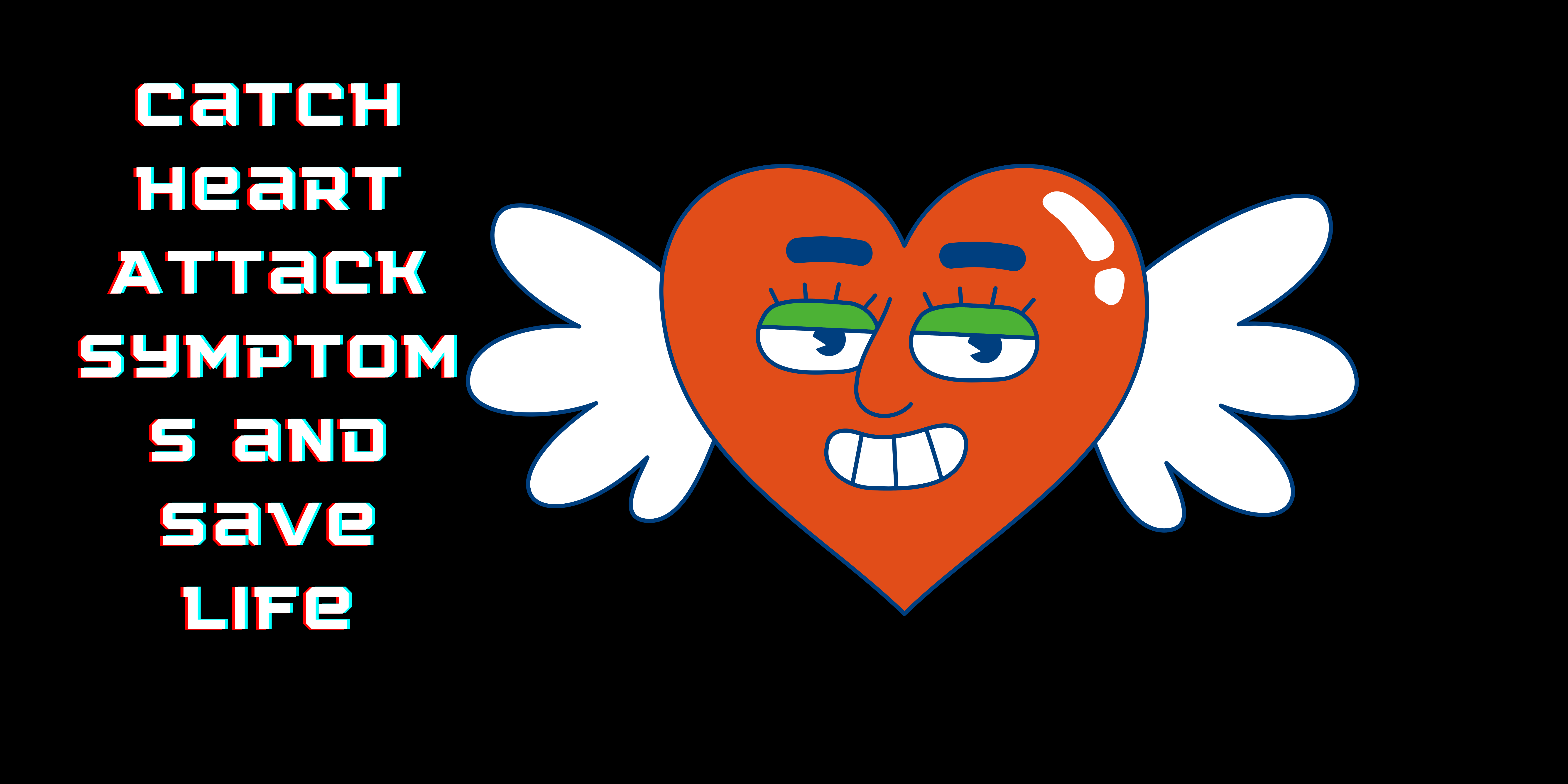
Unmasking the Signs: Common Heart Attack Symptoms
1. Chest Discomfort: Chest pain or discomfort is a heart attack’s most typical symptom. This may manifest as a squeezing, fullness, or pressure sensation in the chest that can last for several minutes or come and go.
2. Radiating Pain: Pain may extend beyond the chest to the arms (usually the left arm), neck, jaw, back, and even the stomach. This is often described as a spreading ache or discomfort.
3. Shortness of Breath: People experiencing a heart attack may feel short of breath even without physical exertion. This can be accompanied by a feeling of suffocation or extreme fatigue.
Recognizing Atypical Symptoms
1. Indigestion or Heartburn: Some individuals, particularly women, might mistake their heart attack symptoms for indigestion or heartburn. Persistent discomfort in the upper abdomen could actually be a warning sign.
2. Cold Sweats and Dizziness: Feeling clammy and breaking out into cold sweats along with dizziness or lightheadedness can indicate a heart attack, especially if these symptoms occur suddenly.
Immediate Action Saves Lives
1. Call for Help: If you or someone else experiences symptoms that could be a heart attack, don’t delay. Call emergency services immediately. Quick action is vital for minimizing damage to the heart muscle.
2. Chew Aspirin: If you suspect a heart attack, chewing an aspirin (if not allergic) can help reduce clot formation and improve blood flow to the heart while awaiting medical assistance.
3. Perform CPR: If the person becomes unresponsive and isn’t breathing normally, CPR (cardiopulmonary resuscitation) should be initiated if you are trained in it. Hands-only CPR involves chest compressions and can sustain blood flow until medical help arrives.
Prevention and Risk Factors
1. Healthy Lifestyle Choices: Adopting a heart-healthy lifestyle can significantly reduce the risk of heart attacks. This includes maintaining a balanced diet, engaging in regular physical activity, managing stress, and avoiding smoking.
2. Know Your Risk: Certain factors, such as family history, age, and medical conditions like diabetes and hypertension, can increase the risk of heart attacks. Being aware of these risk factors and working with a healthcare provider to manage them is essential.
Spreading Awareness for a Heart-Healthy Society
1. Education and Awareness: Raising awareness about heart attack symptoms, risk factors, and the importance of quick response is crucial for saving lives. Educational campaigns and resources can empower individuals to take action when needed.
2. First Aid Training: Basic first aid and CPR training should be encouraged among the general population. Knowing how to respond in emergency situations can make a significant difference in the outcome for heart attack victims.
A Vigilant Approach to Heart Attack Detection
Catching heart attack symptoms early can mean the difference between life and death. As a society, we must prioritize understanding these symptoms, taking preventive measures, and advocating for rapid responses to potential heart attacks. By being vigilant and proactive, we can save lives and promote heart health for ourselves and those around us.

